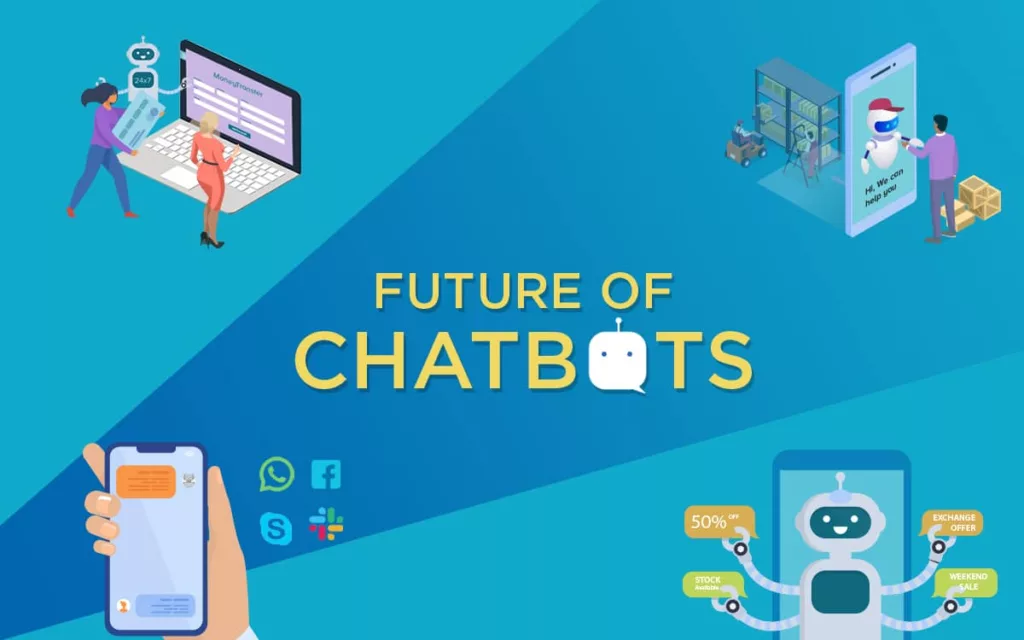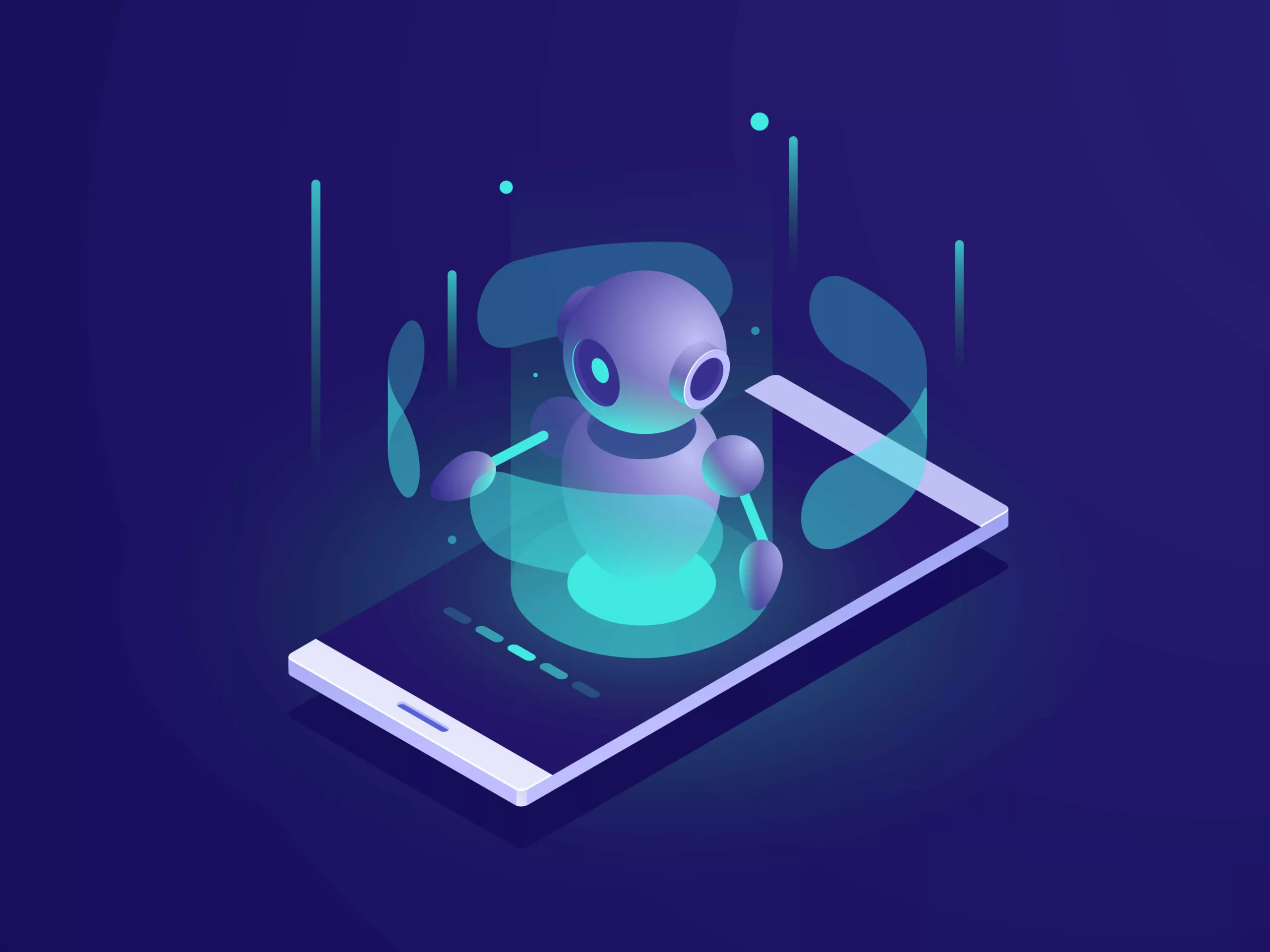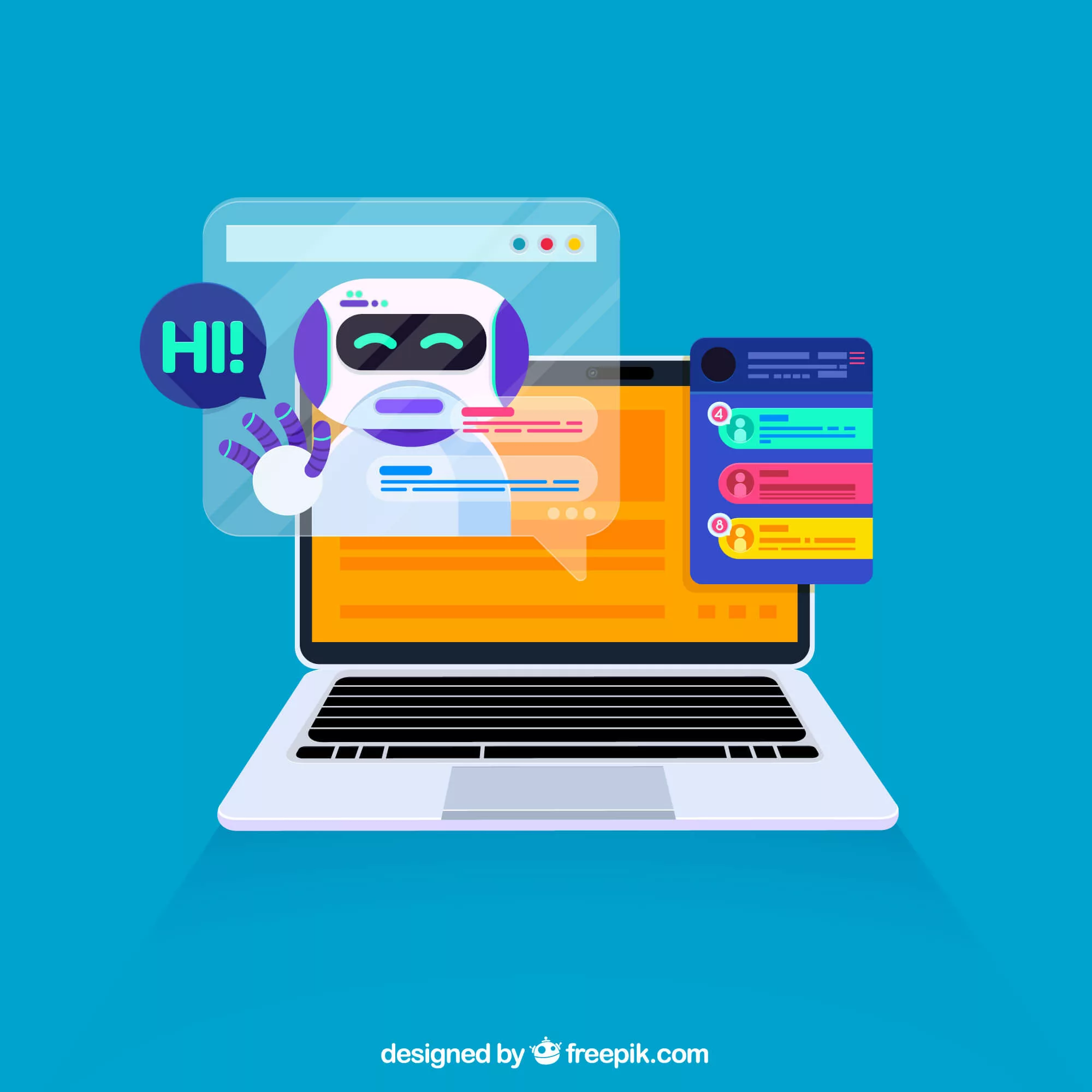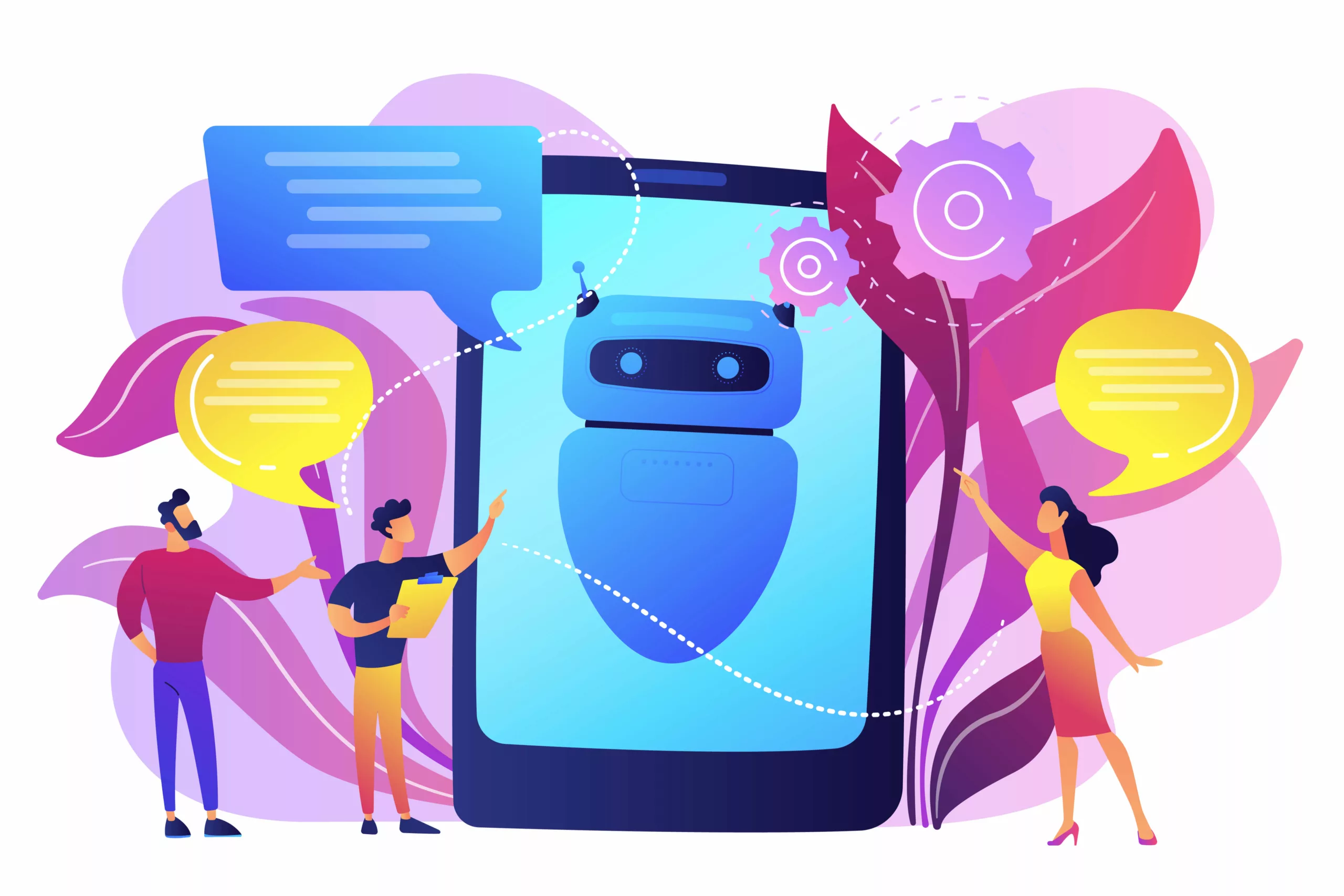In A Nutshell
In 2024, chatbots are revolutionizing customer support, fueled by AI advancements. The market is projected to reach $8.43 billion, with significant cost savings and improved sales. Adoption is widespread, catering to changing consumer preferences, while future enhancements focus on humanization and personalized interactions, driving innovation in business communication.
Chatbots are becoming increasingly remarkable for businesses looking to provide excellent customer support. Over the years, chatbots have become more sophisticated. Now, with the integration of technologies like ChatGPT, chatbots are able to respond to any query a customer might have, rather than relying on pre-existing data.
The chatbot market has also grown exponentially over the years. According to the latest market research, the anticipated growth of the global chatbot market is projected to increase from $6.7 billion in 2023 to $8.43 billion in 2024, with a compound annual growth rate (CAGR) of 25.7%.
Chatbots have come a long way from answering questions with pre-existing replies to being able to tackle any and all user questions with technologies like AI and ML.
So, what about the future of chatbots? Will chatbots continue to develop as promising solutions for brands to communicate with customers and their marketing? In this blog, we will explore the future of chatbots in 2024 and beyond and some exciting use cases.
So let’s dive in!
What Will Be the Future of Chatbots in 2024 and Beyond?
The future of any innovative technology relies prominently on the scope of flexibility for introducing new advancements without restrictions. The rapid development of chatbots clearly indicates a bright scope for the future of chatbots. However, it is quite difficult to obtain a clear picture of the future of chatbots. Therefore, it is quite important to find out the notable trends with chatbots expected for the future. Let us take a look at some of the prominent chatbot statistics to get a clear glimpse of the future of chatbots.
The future of any innovative technology relies prominently on the scope of flexibility for introducing new advancements without restrictions. The rapid development of chatbots clearly indicates a bright scope for the future of chatbots.
However, it is quite difficult to obtain a clear picture of the future of chatbots. Therefore, it is quite important to find out the notable trends with chatbots expected for the future.
Let us take a look at some of the prominent chatbot statistics to get a clear glimpse of the future of chatbots.
Key Chatbot Statistics
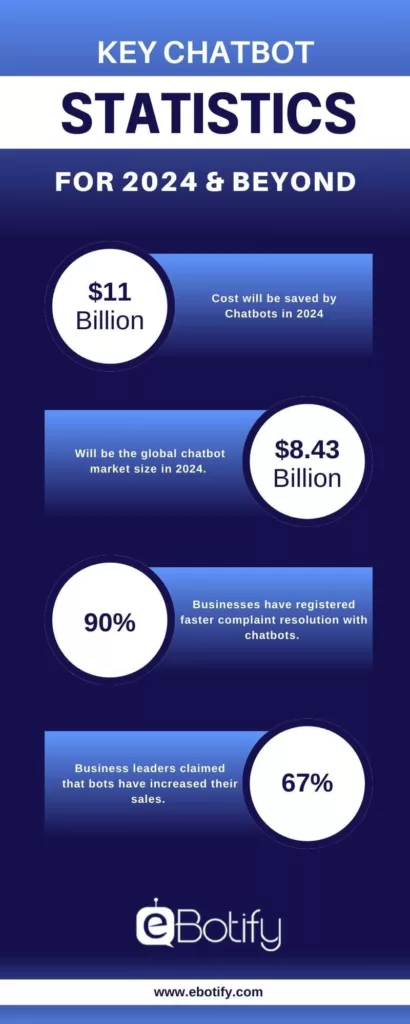
Key Benefits of Chatbots for Businesses
- Chatbots offer a plethora of benefits to businesses, one of them being cost-saving. According to Juniper Research, chatbots will contribute $11bn in cost savings for industries such as retail, banking, and healthcare by 2023. The same report also suggests that consumers and businesses will be able to save almost 2.5 billion hours that go into customer service.
- Chatbots are already playing a key role in resolving customer complaints. According to Master of Code, 90% of businesses have registered a much faster resolution of customer complaints after implementing a chatbot. With technologies like AI, ML, and NLP, this number is only going to increase further in the future.
- Another important benefit of chatbots is that they can help businesses with their sales. According to Intercom, 67% of business leaders have claimed that bots have increased their overall sales.
Trends Regarding Chatbot Adoption
- On-demand messaging has gained considerable popularity in recent times. Therefore, the preferences of customers for communication have also changed considerably. The future of chatbots will depend largely on how they transform the interaction of businesses with existing and potential customers. Almost 80% of businesses are more likely to add some type of chatbot system, largely in the finance, real estate, travel, and education industries.
- Chatbots could help businesses save around 30% of customer support costs. In addition, chatbots are extremely popular among baby boomers and Millennials, with more than 50% of customers perceiving that businesses are always open. Another prominent mention among chatbot future trends refers to the fact that there were over 300,000 active chatbots on Facebook as of 2016.
Trends Regarding Chatbot Usage
It is also important to view the future of chatbots from the perspective of a number of users. Technological advancements in communication have enabled customers to explore information or connect with customer service easily and faster. Chatbots present promising solutions for real-time help when customers ask for it and need it.
- The chatbot trends related to chatbot users indicate that almost 69% of consumers choose chatbots for their ability to deliver faster solutions to simple questions. Around 95% of consumers perceive that customer service gets better only with chatbots.
- Furthermore, almost 67% of customers worldwide have stated that they have used a chatbot for customer support in the last year. In addition, around 37% of consumers are always looking for faster responses in emergencies. At the same time, almost 33% of consumers prefer to use chatbots for making dinner reservations, hotel bookings, and placing online orders.
Expected Improvement in Chatbots in the Future
All these existing elements are clearly reflective of the future of chatbots, which is expected.
- By 2024, the worldwide chatbot market is all slated to cross the value of more than $1.3 billion. Therefore, many experts are contemplating chatbot future trends that will shape them in the future. One of the most commonly predicted trends in chatbot statistics refers to the humanization of chatbots.
- There are many important challenges that come up when thinking of improving personalization with chatbots. Chatbots are more likely to develop abilities for executing technical commands by users. In addition, chatbots will most probably develop capabilities for processing the intent of customers and solving concerns about misinterpreted responses and requests.
- Another prominent highlight in the future of chatbots refers to the development of conversational intelligence in chatbots. They can develop skills for processing the implied intricacies in customer messages, thereby resolving concerns about inadequate conversation. Chatbots would also most likely work on improving functionalities for understanding different cultural meanings and accents.
In addition, the future of chatbots would also involve messaging platforms playing the role of drivers for growth of chatbots. In addition, the future trends associated with chatbots also indicate the possible rise in mainstream recognition for voice bots. Furthermore, chatbots are also expected to show promising results in streamlining internal workflows in an organization.
Bottom Line
On a concluding note, it is clearly evident that the future of chatbots definitely has many interesting prospects. Businesses could capitalize on chatbots and the numerous benefits of their existing functionalities in the long run. As the world moves gradually towards digital platforms, chatbots can be the key ingredient for bringing businesses and customers together.
Furthermore, the prospects for developing personalization in chatbots will also help in offering the ‘human aspect’ missing in chatbots. So, it is reasonable to state that chatbots will turn into a prominent primary marketing channel for businesses in the future. Connect with us to learn more about chatbots right now and explore future trends associated with them!

